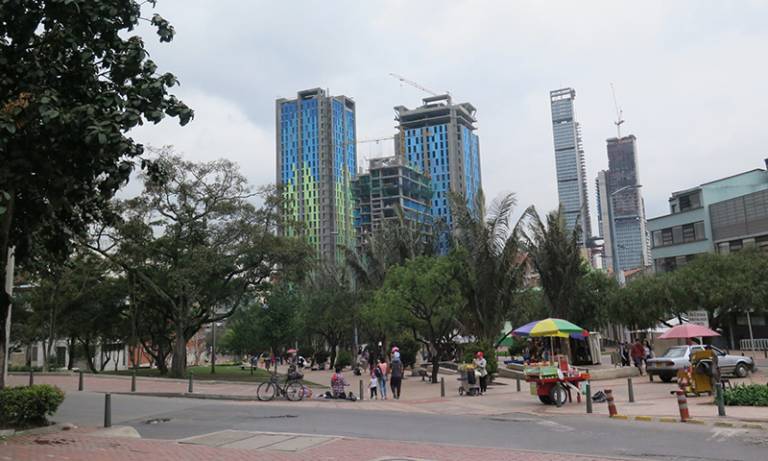Can large mixed-use buildings act as catalysts for urban development? The Latin American Evidence
09 June 2017, 3:45 pm–5:15 pm

Event Information
Open to
- All
Organiser
-
The Bartlett Development Planning Unit
Location
-
DPU Room 201, 34 Tavistock Square
The DPU is delighted to host a seminar by Pedro Morais, an early career researcher from Brazil who has recently completed his PhD research. He will be in London for a UCL-funded workshop and exchange activities on built environment and well-being organised by UCL's Department of Epidemiology and Public Health.
Can large mixed-use buildings act as catalysts for urban development? The Latin American Evidence
Metropolises in Europe, North America and Latin America tend to be different in many ways. While European cities are usually denser in the centre than in the borders, their North American counterparts show a tendency for suburbanization and sprawl. On the other hand, most Latin American metropolises show central areas that tend to be better planned than the periphery, and are marked by fragmentation, discontinuity and uneven densities across different zones. Despite a frequently expressed bias against high-rise large-scale mixed use complexes by both theorists and practitioners, today's emerging concepts of urban densification and the recognition of compact cities as better places to live has given this typology renewed interest. Thought of as carefully inserted metropolitan interventions, large scale buildings could be used as potentially powerful tools to catalyse desirable urban dinamics in run-down urban contexts or in ones that are less dense than expected.
Pedro Morais
Pedro Morais is an independent architectural practitioner in a broad range of scales since 2000, founder and editorial board member of MDC architecture magazine and adjunct professor at Centro Universitário Uni-BH, Belo Horizonte, Brazil. He holds a PhD from Federal University of Minas Gerais, a work that proposes a contemporary point of view to understand large scale high-rise housing complexes built along Latin America from 1929 to 1979.
 Close
Close

